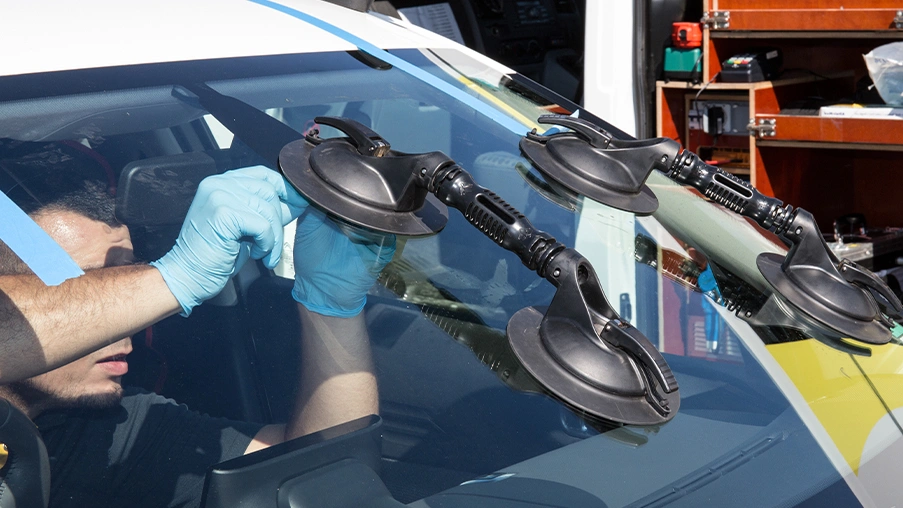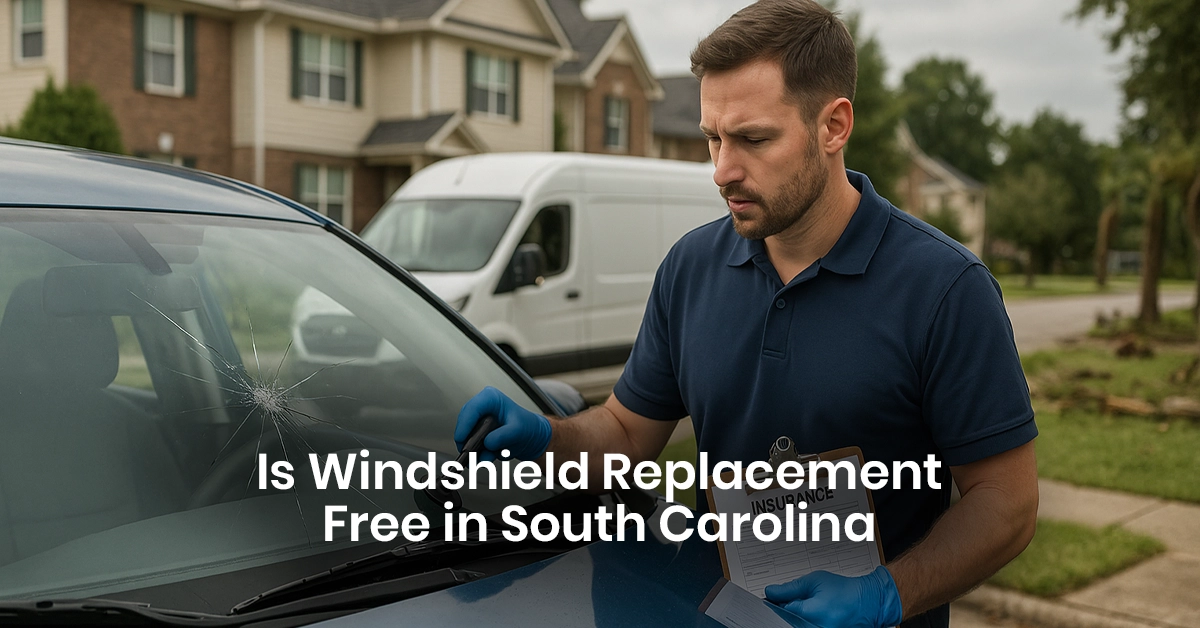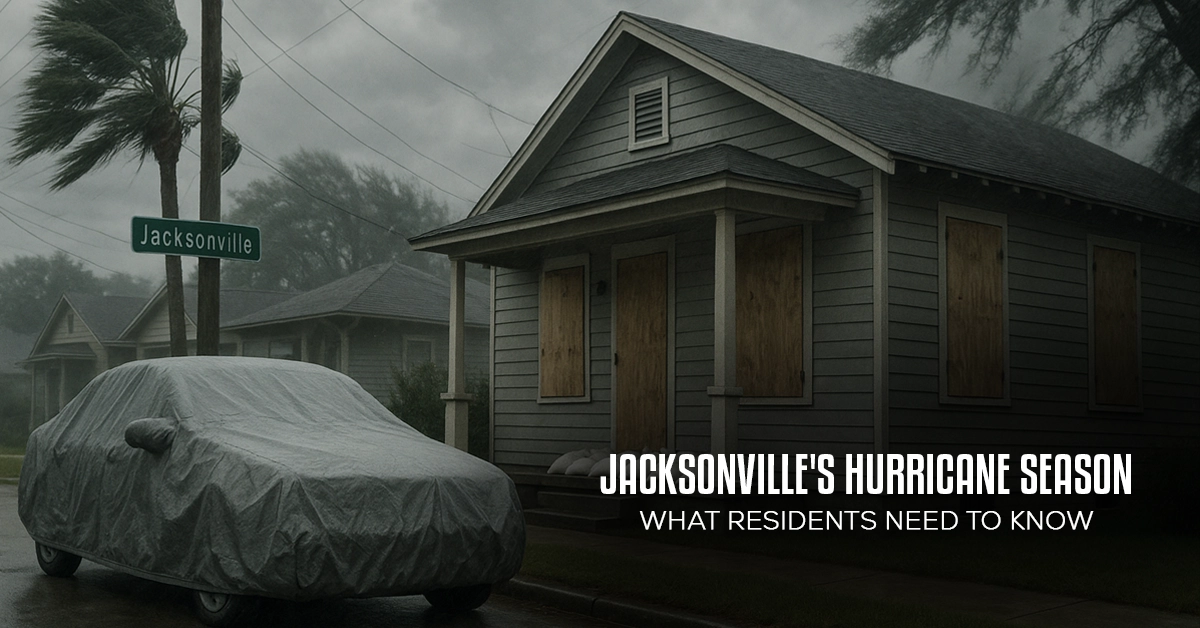What is Windshield Calibration – All You Need to Know
August 3, 2023
Auto windshields require repair and replacement more frequently than most people realize. Modern cars combine different advanced technologies into the windscreen. These form a critical part of Advanced Driver Assistance Systems that ensure road safety and user comfort.
In case of windshield replacement or Autoglass repair, these systems need to be recalibrated. This process is referred to as windshield calibration, which helps maintain the accuracy of the ADAS features. In this guide, we will cover the following:
- We will discuss what is windshield calibration.
- We will learn about its importance and different types of ADAS calibration.
- We will understand the consequences of not adhering to ADAS calibration in case of windshield repair and Autoglass replacement.
What is Windshield Calibration?
ADAS, or windshield calibration, aligns advanced systems integrated into a vehicle’s Advanced Driver Assistance System. These systems include lane departure warning, adaptive cruise control, blind-spot monitoring, and automatic emergency braking.
Advanced Driver Assistance Systems, or ADAS, are the additional safety features attached to a modern vehicle. Proper alignment, testing, and adjustment of these sensors according to the specifications are included as part of ADAS calibration.
After windshield repair or AutoGlass replacement, calibration becomes important because any distortion can compromise safety.
Significance of ADAS Calibration in Modern Vehicles
ADAS features offer safety support through obstacle detection and collision avoidance. Calibrated windshields ensure that these systems operate accurately, mitigating the chances of accidents due to sensor or camera misalignment.
Here are some reasons why ADAS calibration is important:
- Each vehicle manufacturer has specific requirements for the functionality of ADAS. After the windshield repair or Autoglass replacement, windshield calibration helps get the system back to its factory specifications so that the vehicle still complies with safety standards.
- Inadequate ADAS calibration will lead to a false alarm or system malfunction. Proper calibration eliminates the risks of windshield calibration and gives drivers peace of mind.
- Drivers can trust calibrated ADAS systems to give the right information at the right time.
- Modern cars are full of high-tech, and ADAS components account for a big portion of that investment. Windshield calibration protects the value and functionality of your vehicle.
- Many local insurance policies require windshield replacement to be followed by proper ADAS calibration. This ensures legality while filing the claims.
Types of ADAS Calibration
ADAS calibration is of two types:
1. Static ADAS Calibration
Static calibration is performed indoors, with the vehicle stationary. It requires special tools and environment, including:
- Laser tools or measuring tapes that place the calibration targets in precise locations.
- Levelled workspace with proper lighting and no reflective surfaces.
This ensures accurate alignment of sensors for best performance.
2. Dynamic ADAS Calibration
Dynamic calibration requires driving the vehicle through marked roads at designated speeds under the observation of an ADAS scan tool. It is often performed after static calibration to ensure that sensors correctly adapt to the real world.
Examples of ADAS Calibration
Here are some examples of ADAS calibration:
- Steering Angle Sensors: The steering angle sensors detect the steering wheel’s position. They are calibrated after wheel alignment or suspension repairs. These sensors support systems such as lane departure warning and blind-spot detection.
- Front-Facing Camera Sensors: These cameras are usually installed near the rearview mirror and help with adaptive cruise control and lane-keeping. Calibration is required after windshield replacement or structural repairs.
- Front Radar Sensors: Installed in the bumper or grille, the front radar keeps track of distance to objects and supports functions like automatic emergency braking. Calibration must be performed following bumper removal or front-end work.
What Is the Purpose of ADAS Calibration?
Advanced Driver Assistance Systems are innovative technologies that improve vehicle safety and driving comfort. Here are the key purposes of ADAS calibration:
1. Accurate Functionality of Sensors
ADAS employs cameras and ultrasonic sensors to detect the environment around the vehicle. The windshield is an important aspect of ADAS calibration. If features like collision warnings are not appropriately calibrated, misaligned sensors can lead to inaccurate readings.
2. Driver Safety Optimization
Proper calibration will ensure that the ADAS features operate as desired and give the driver timely warnings and assistance. For example, a forward collision warning system or automatic emergency braking can only react properly if it receives correct data from calibrated sensors.
3. Compliance with Manufacturer Standards
Vehicle manufacturers calibrate ADAS according to certain standards. ADAS calibration is performed to ensure that the system is according to the OEM specifications so that the vehicle’s integrity and performance are maintained.
4. Restoration of Vehicle Performance After Repairs
The ADAS sensors can be dislocated after windshield repair or replacement. Windshield calibration will bring back the accuracy of the system.
What if ADAS is Not Calibrated?
Below are some of the outcomes of neglecting ADAS calibration:
1. Compromised Safety Features
Uncalibrated ADAS systems can offer false information or fail to trigger safety features. For example, an inaccurately calibrated lane departure warning may fail to detect a lane’s markings, leading to accidents.
2. False or Missed Alerts
Sensor maladjustments can cause unnecessary driver distractions through false alerts. They could also fail to respond to real-time hazards, and drivers may miss critical opportunities.
3. Liability and Insurance Penalties
In case of accidents, vehicles that have malfunctioning ADAS will not meet legal and safety standards. They may increase the liability in such cases and, in some cases, may also raise insurance claims or premiums.
4. Costlier Repair Over Time
Destructive results that may require further damage might eventually lead to high repair costs when ADAS is not calibrated correctly.
5. Risky Driving Experience
Proper calibration of ADAS will also guarantee that a driver can depend on the vehicle’s safety features.
Conclusion
ADAS calibration after a windshield replacement is important for ensuring your vehicle performs at optimum performance in most of its functions. Failure to calibrate your car may contribute to poor performance and make driving dangerous.
Always rely on authorized technicians for ADAS calibration for maximum safety and reliability for your vehicle. For professional windshield calibration and Autoglass replacement services, come to NuVision Auto Glass. With cutting-edge technology and highly experienced certified technicians, the work is done precisely and carefully, calibrating all of your ADAS systems perfectly.
Do not sacrifice your safety over compromised ADAS calibrations—get a quote today!







